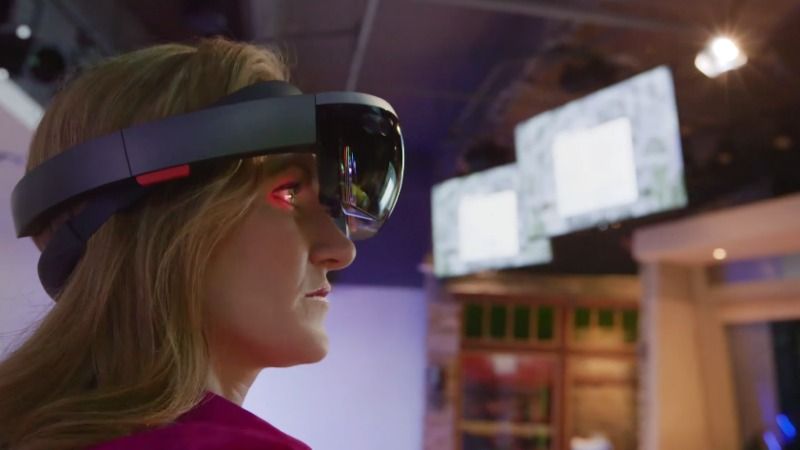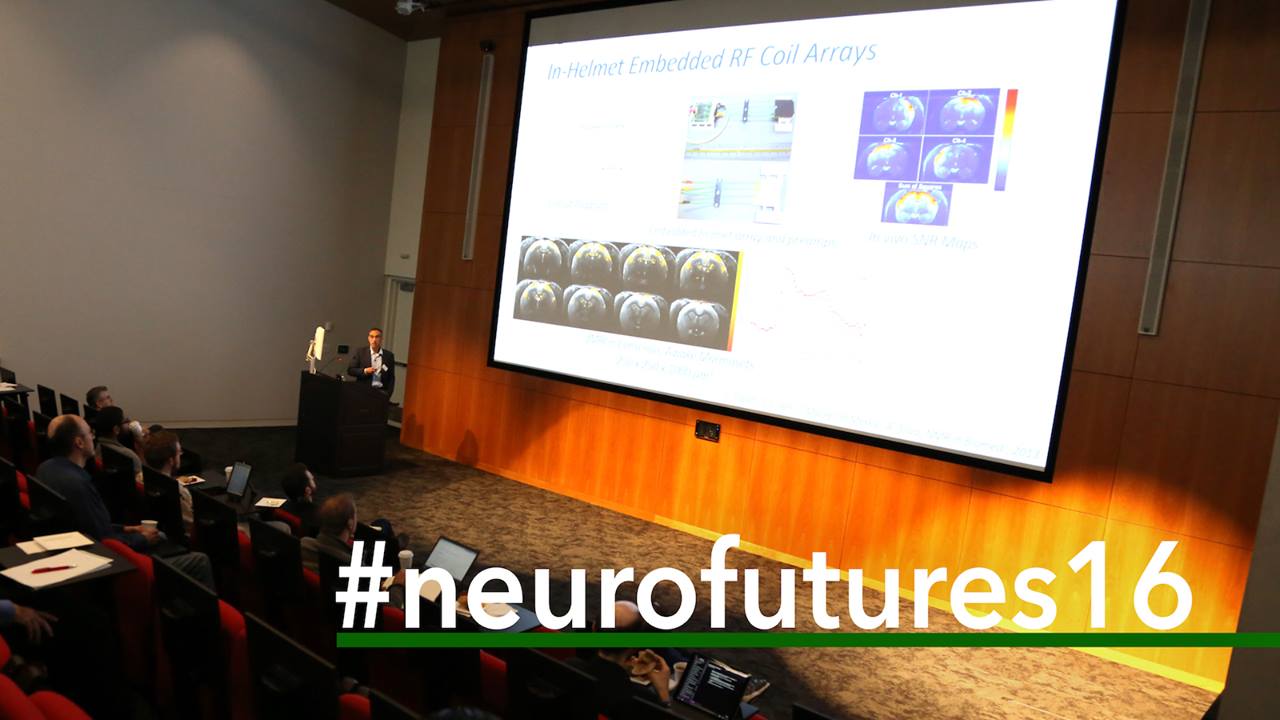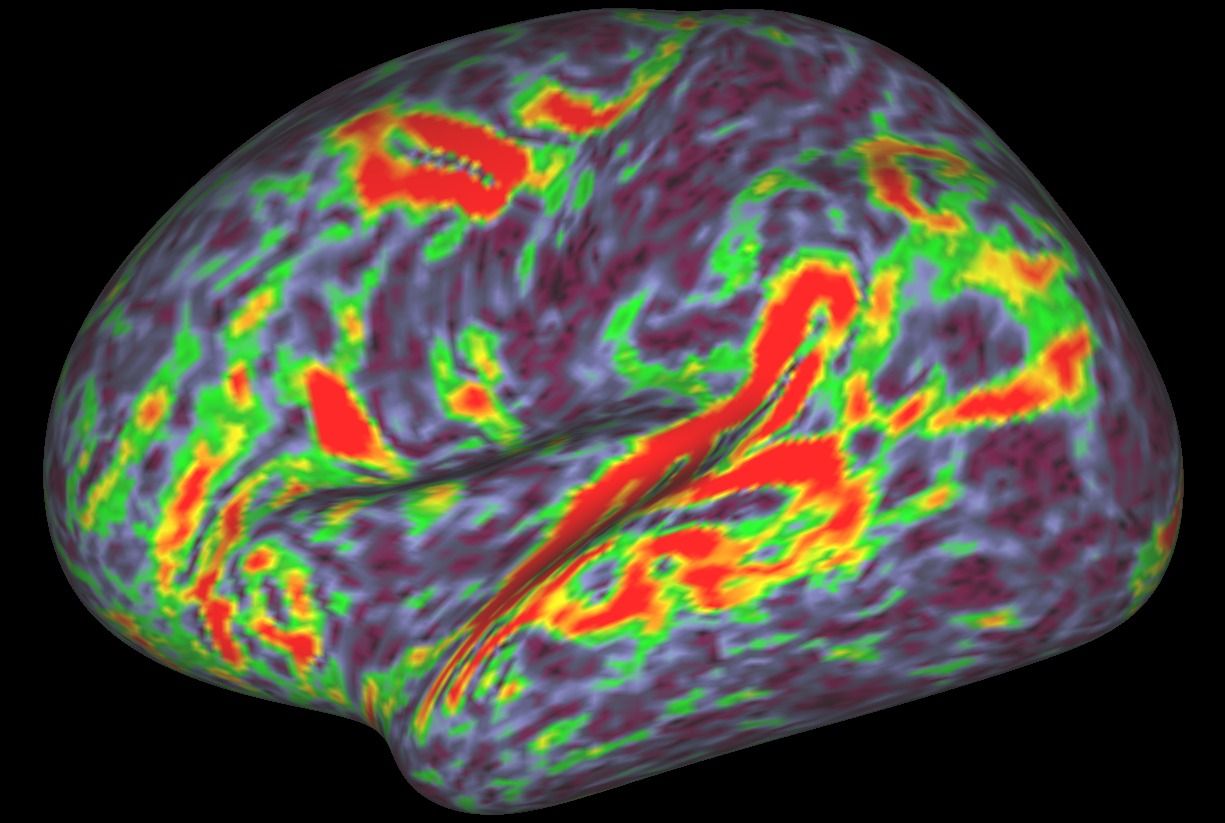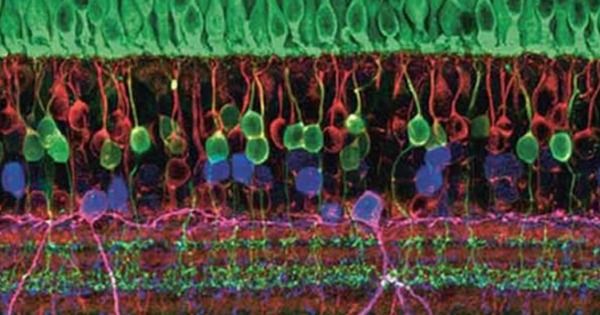Interesting read to an old question.
New research explores what influences our intelligence and how we can give ourselves an upgrade.
By Sally Blundell In Health
Interesting read to an old question.
New research explores what influences our intelligence and how we can give ourselves an upgrade.
By Sally Blundell In Health

Education and socioeconomic status have been linked with cancer outcomes, but a new study now links higher education with the development of certain types of cancer.
The large observational study, published in the Journal of Epidemiology and Community Health, reports that a high level of education is associated with an increased risk of brain tumors. The study is based on data from 4.3 million Swedish adults who were monitored between 1993 and 2010. Overall, 5,735 men and 7,101 women developed a brain tumor during the observation period.
Men with at least three years of university-level education had a 19% greater risk of developing gliomas than men with only a compulsory level of education (nine years). Women with the same level of education had a 23% increased risk of gliomas and a 16% increased risk of meningiomas. Marital status and amount of disposable income only slightly affected the risk among men but not among women. Single men had a lower risk of glioma but a higher risk of meningiomas. Occupation also influenced brain tumor risks among men and women: men in professional and management roles had a 20% increased risk of gliomas and a 50% increased risk of acoustic neuromas; women in these roles had a 26% increased risk of gliomas and a 14% increased risk of meningiomas.

https://www.youtube.com/watch?v=tjoe3LrkiIk
Microsoft’s amazing HoloLens is the world’s first stand-alone headset that lets users see virtual objects and environments as if they existed in the real world. This device’s entertainment potential is practically unlimited, but as a Hackathon team recently demonstrated, it can also be used to rewire a malfunctioning brain.
A Microsoft employee suffering from myoclonus-dystonia —a condition where the misfiring of the brain causes uncontrollable muscle spasms—discovered that she could regain control during a spasm by looking at her partner’s feet rather than her own. And that’s how she got her great idea: Why not use the HoloLens to retrain the brain and get it to act differently? To that end, she recruited the Microsoft Hackathon team to put the idea to the test.


Back in 1992; me and another peer who worked with me on ORNL’s ELIMS use to wish we had this technology then. And, now it looks like we’re getting closer to this capability.
An Algoma University professor has made strides in developing technology that lets ALS patients compose emails without typing.
Computer science professor George Townsend has developed the P300 Speller, a device that measures and reacts to the brain’s “surprise element” to recognize of letters of the alphabet.
The interface consists of an EEG (electroencephalogram) amplifier, an electro-cap made of spandex, and small metal electrodes that are placed over the scalp.

Big Data and Obama’s Brain Initiative — As we harness mass volumes of information and the current tech explosion around information; we will seeing an accelerated growing need/ urgency for more advance AI, QC, and new brain-mind interface intelligence to assist others when working with both super-intelligence AI and the mass volumes of information.
Engineers are experimenting with chip design to boost computer performance. In the above layout of a chip developed at Columbia, analog and digital circuits are combined in a novel architecture to solve differential equations with extreme speed and energy efficiency. Image: Simha Sethumadhavan, Mingoo Seok and Yannis Tsividis/Columbia Engineering.
In the big data era, the modern computer is showing signs of age. The sheer number of observations now streaming from land, sea, air and space has outpaced the ability of most computers to process it. As the United States races to develop an “exascale” machine up to the task, a group of engineers and scientists at Columbia have teamed up to pursue solutions of their own.
The Data Science Institute’s newest working group— Frontiers in Computing Systems —will try to address some of the bottlenecks facing scientists working with massive data sets at Columbia and beyond. From astronomy and neuroscience, to civil engineering and genomics, major obstacles stand in the way of processing, analyzing and storing all this data.

Beta rhythms, or waves of brain activity with an approximately 20 Hz frequency, accompany vital fundamental behaviors such as attention, sensation and motion and are associated with some disorders such as Parkinson’s disease. Scientists have debated how the spontaneous waves emerge, and they have not yet determined whether the waves are just a byproduct of activity, or play a causal role in brain functions. Now in a new paper led by Brown University neuroscientists, they have a specific new mechanistic explanation of beta waves to consider.
The new theory, presented in the Proceedings of the National Academy of Sciences, is the product of several lines of evidence: external brainwave readings from human subjects, sophisticated computational simulations and detailed electrical recordings from two mammalian model organisms.
“A first step to understanding beta’s causal role in behavior or pathology, and how to manipulate it for optimal function, is to understand where it comes from at the cellular and circuit level,” said corresponding author Stephanie Jones, research associate professor of neuroscience at Brown University. “Our study combined several techniques to address this question and proposed a novel mechanism for spontaneous neocortical beta. This discovery suggests several possible mechanisms through which beta may impact function.”



Many folks are not aware that one of the early detections of GBM is through a person’s weakened eyesight as well as Ophthalmologist examinations.
The retina is essentially part of the brain. Studying them led researchers one step closer to understanding how the brain processes stimuli.
There is a genetically transmitted disease that causes the eyeballs to twitch back and forth, and it’s called Nystagmus. It impacts 1 in 1,500 men. Notably, it has been recently discovered that the twitching is caused by the miscalculations done by the retinal neurons in converting visual stimuli into electrical signals.
Now, rabbits are helping us figure out how this disease operates (and could be fixed).